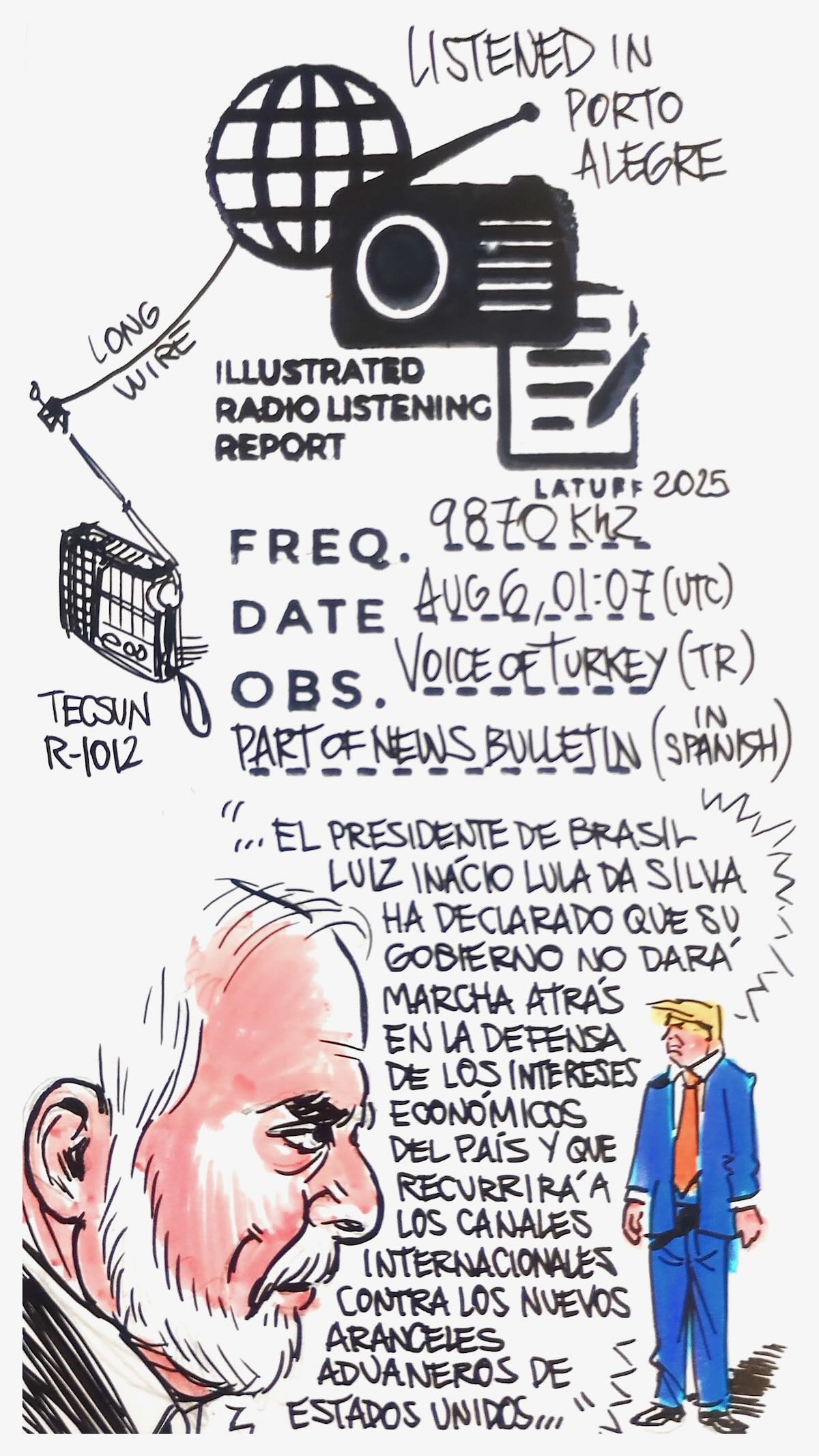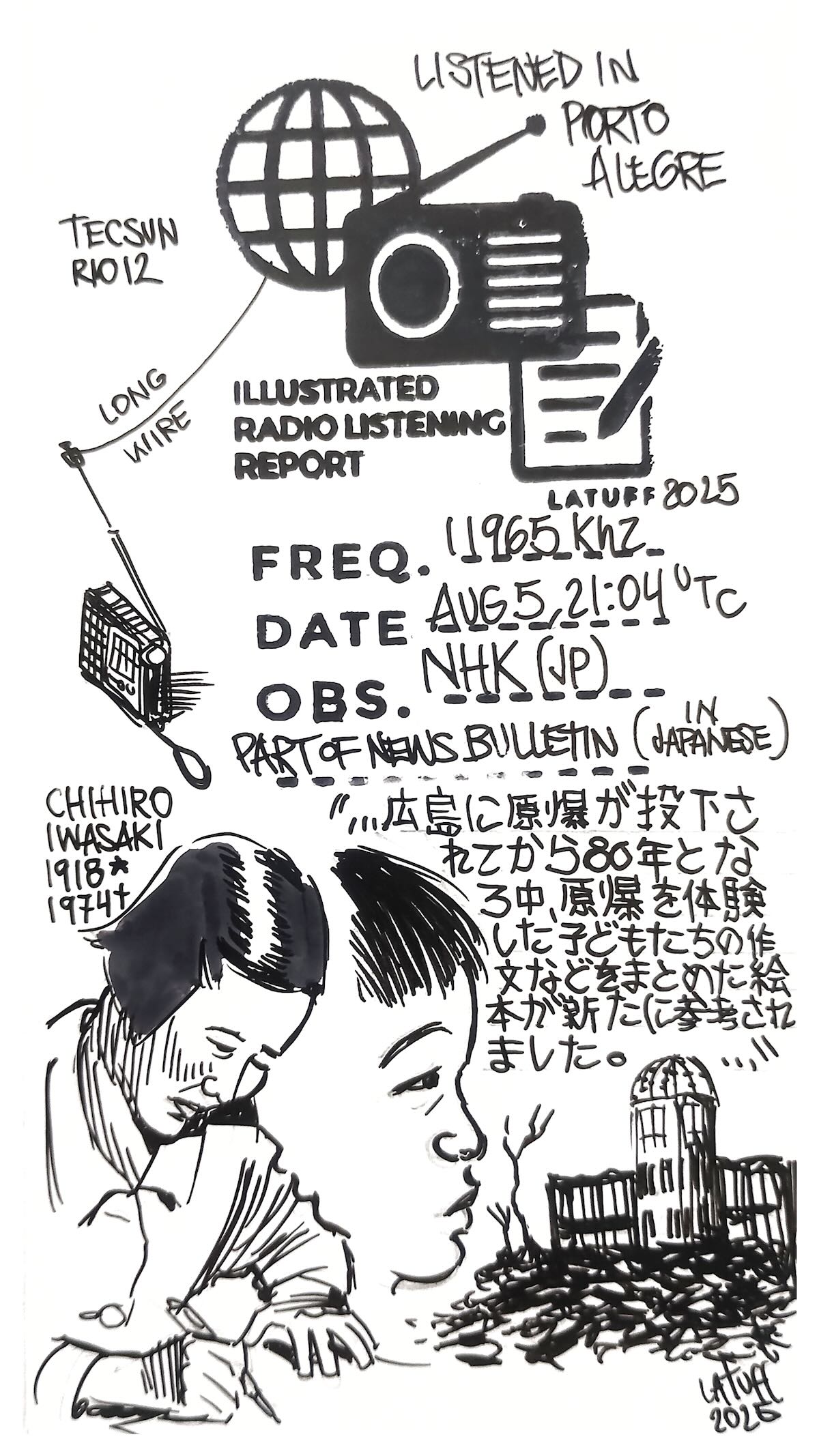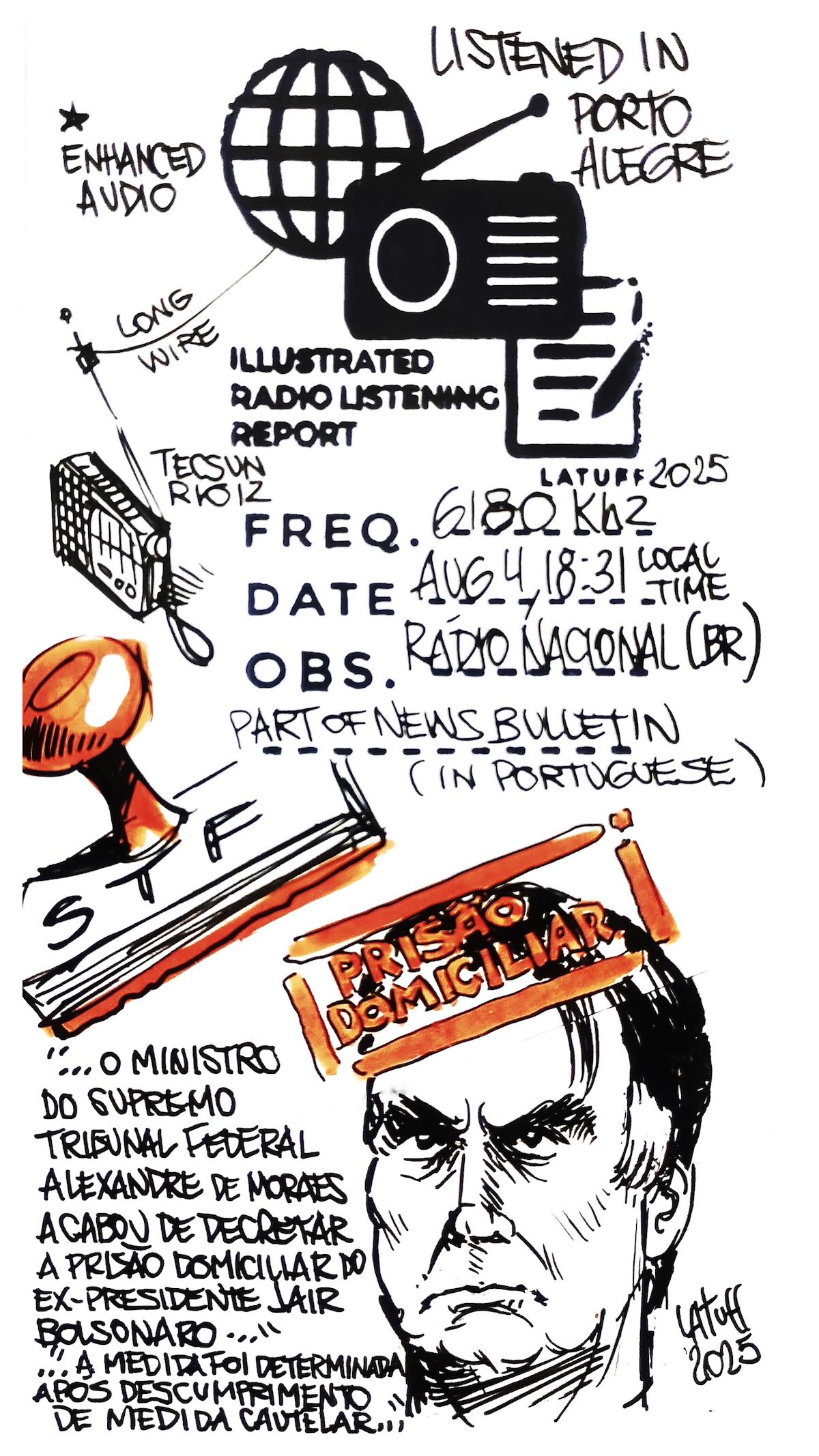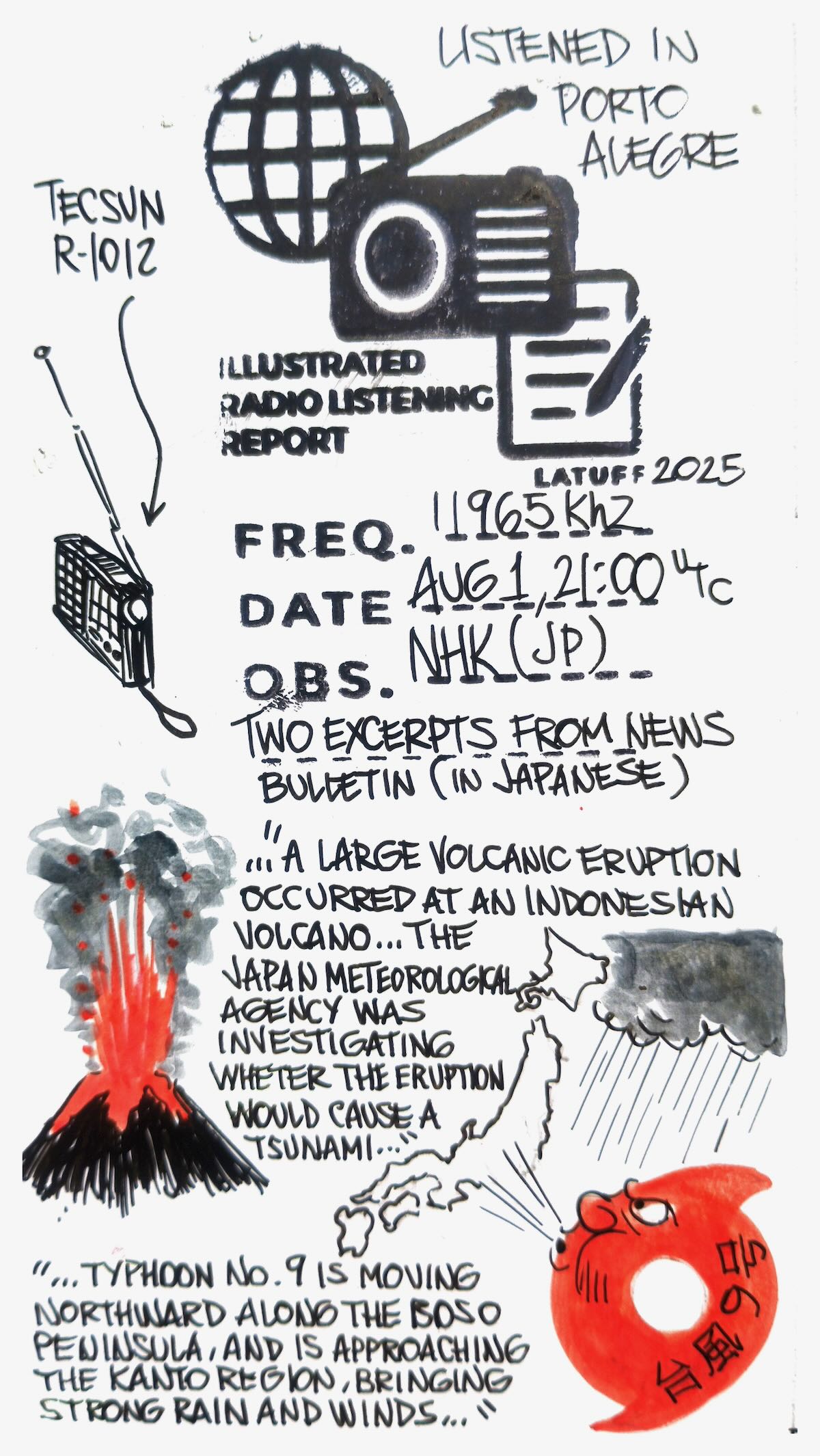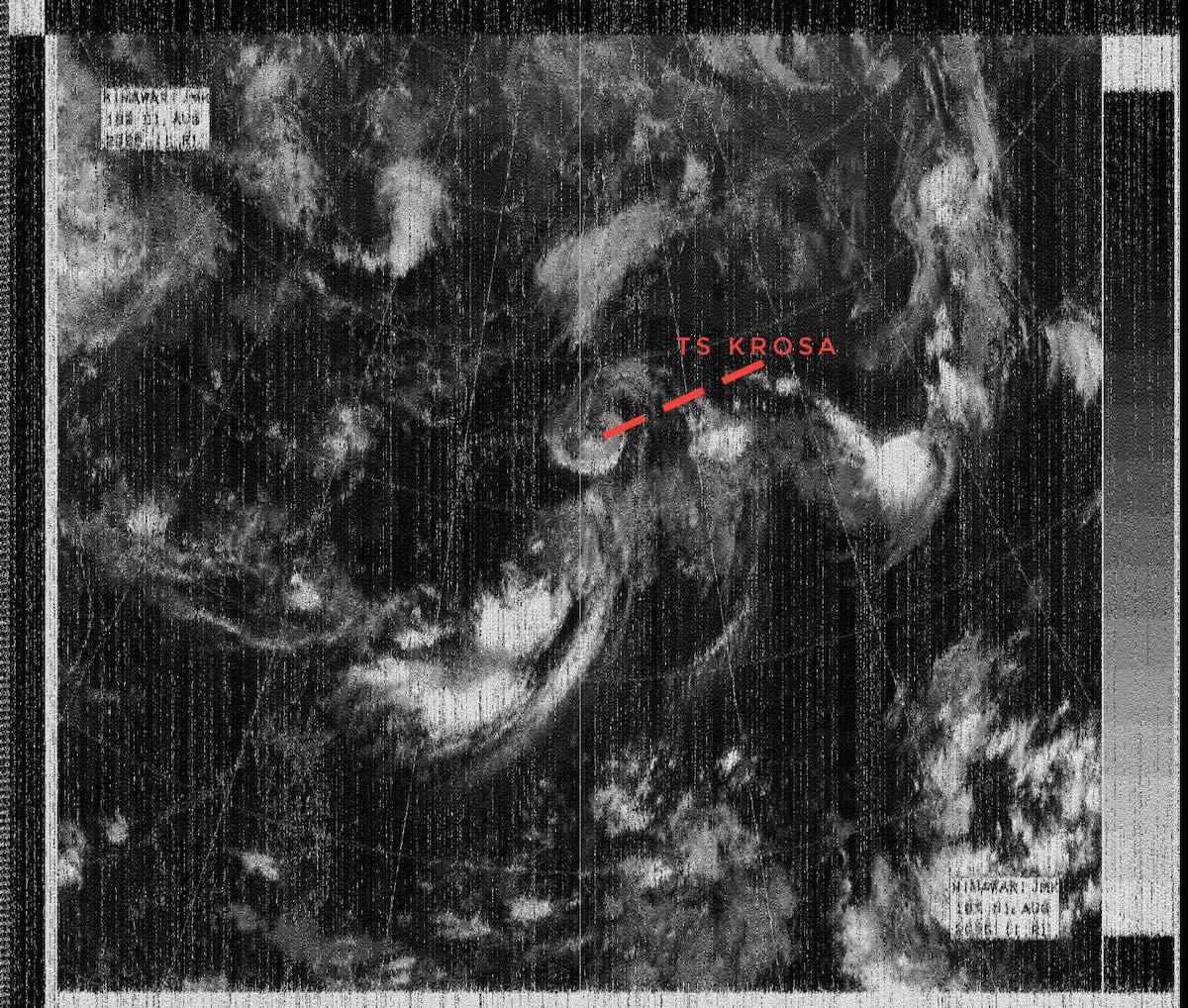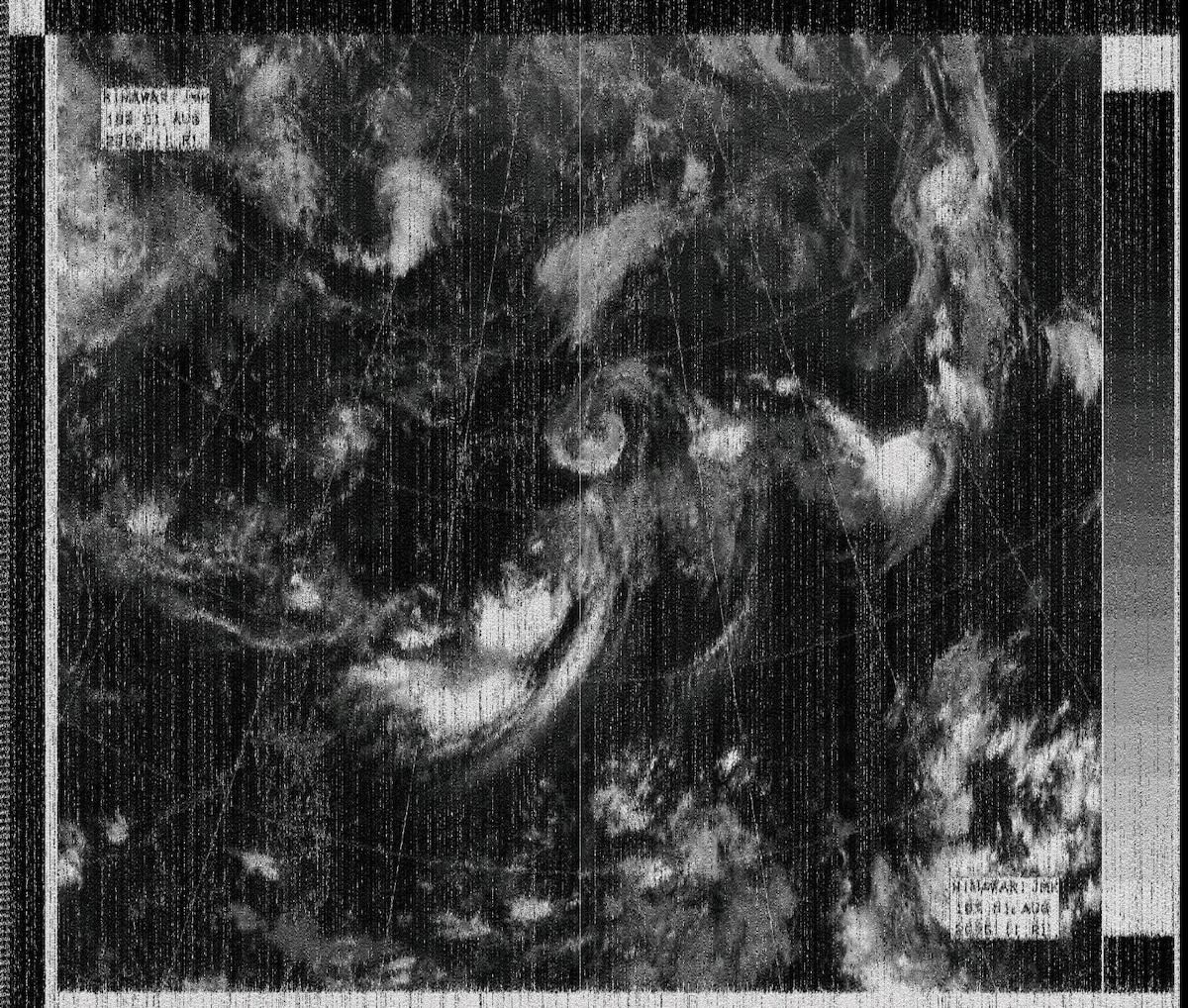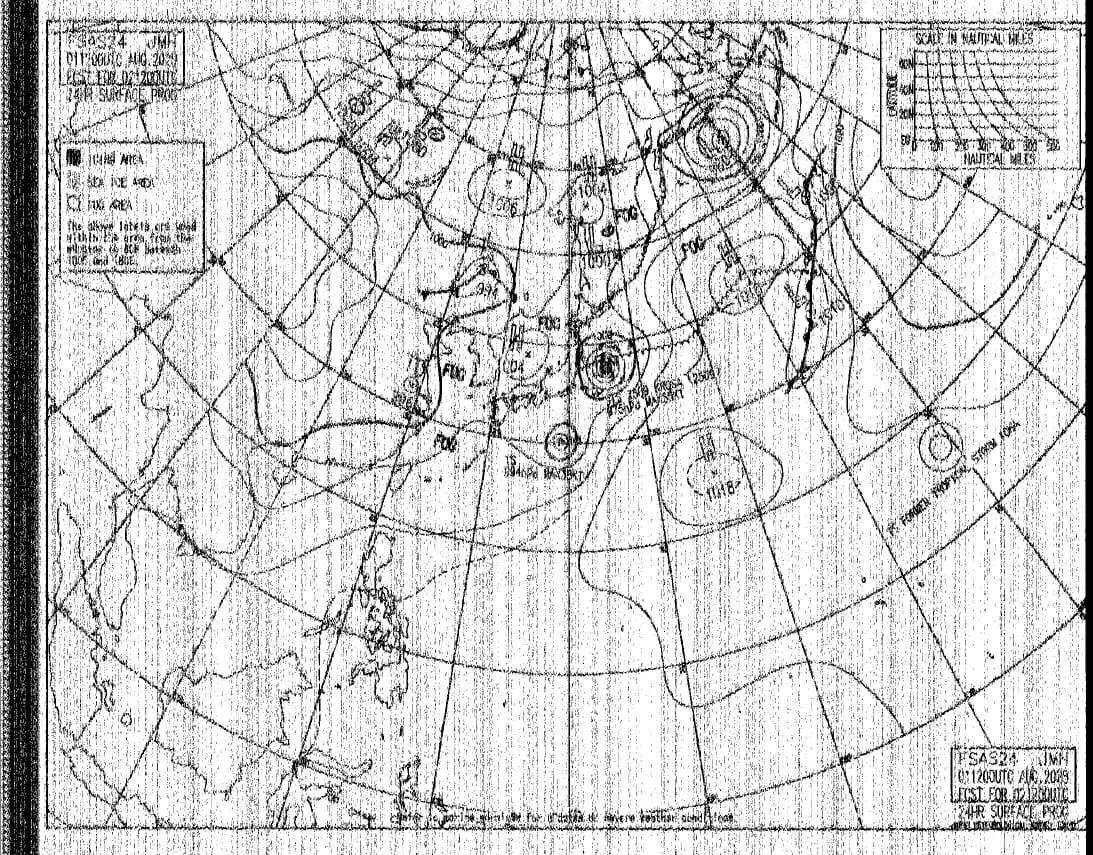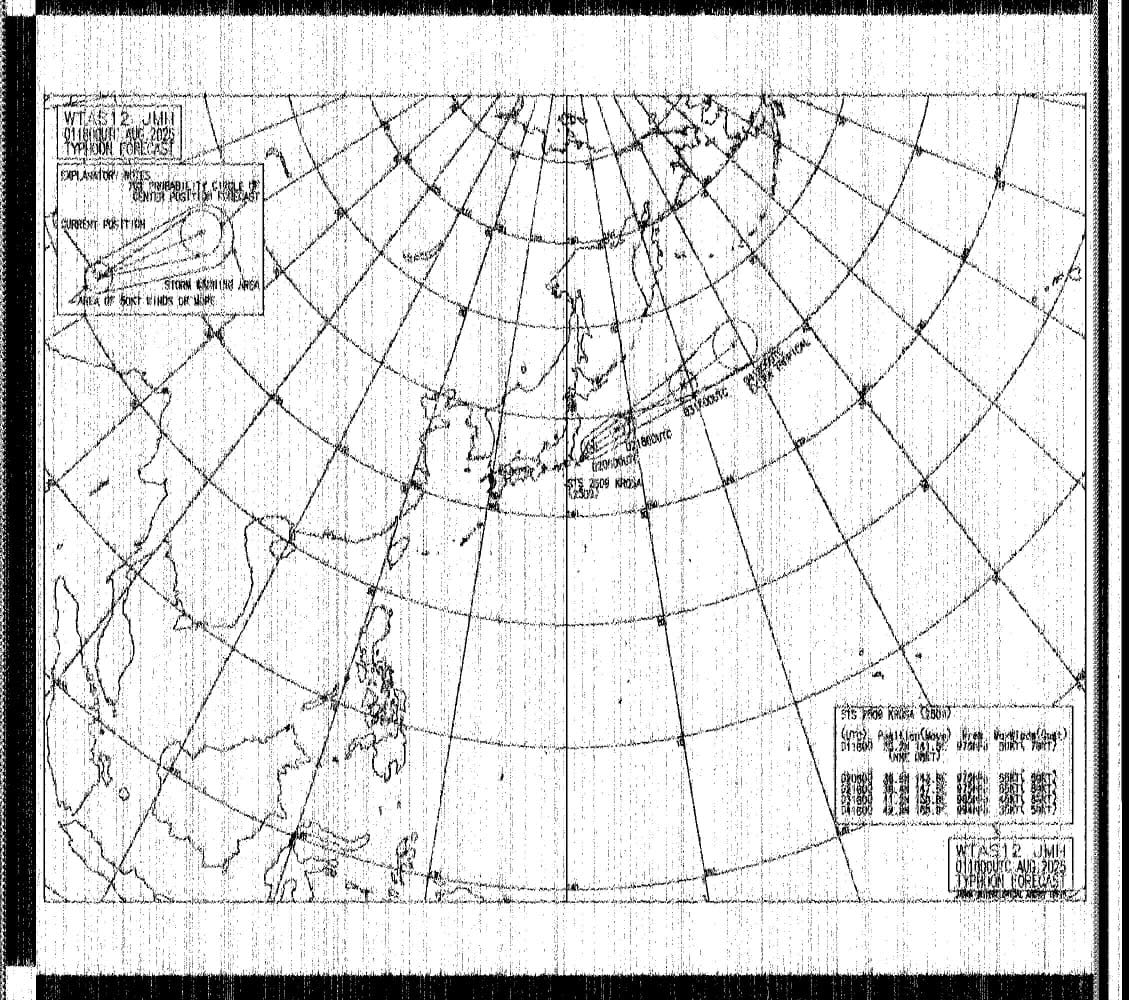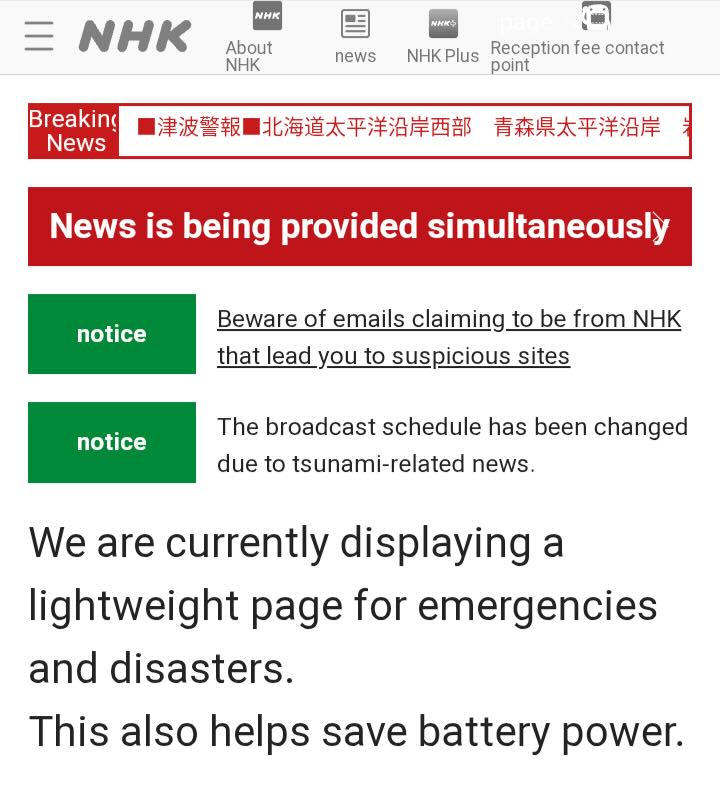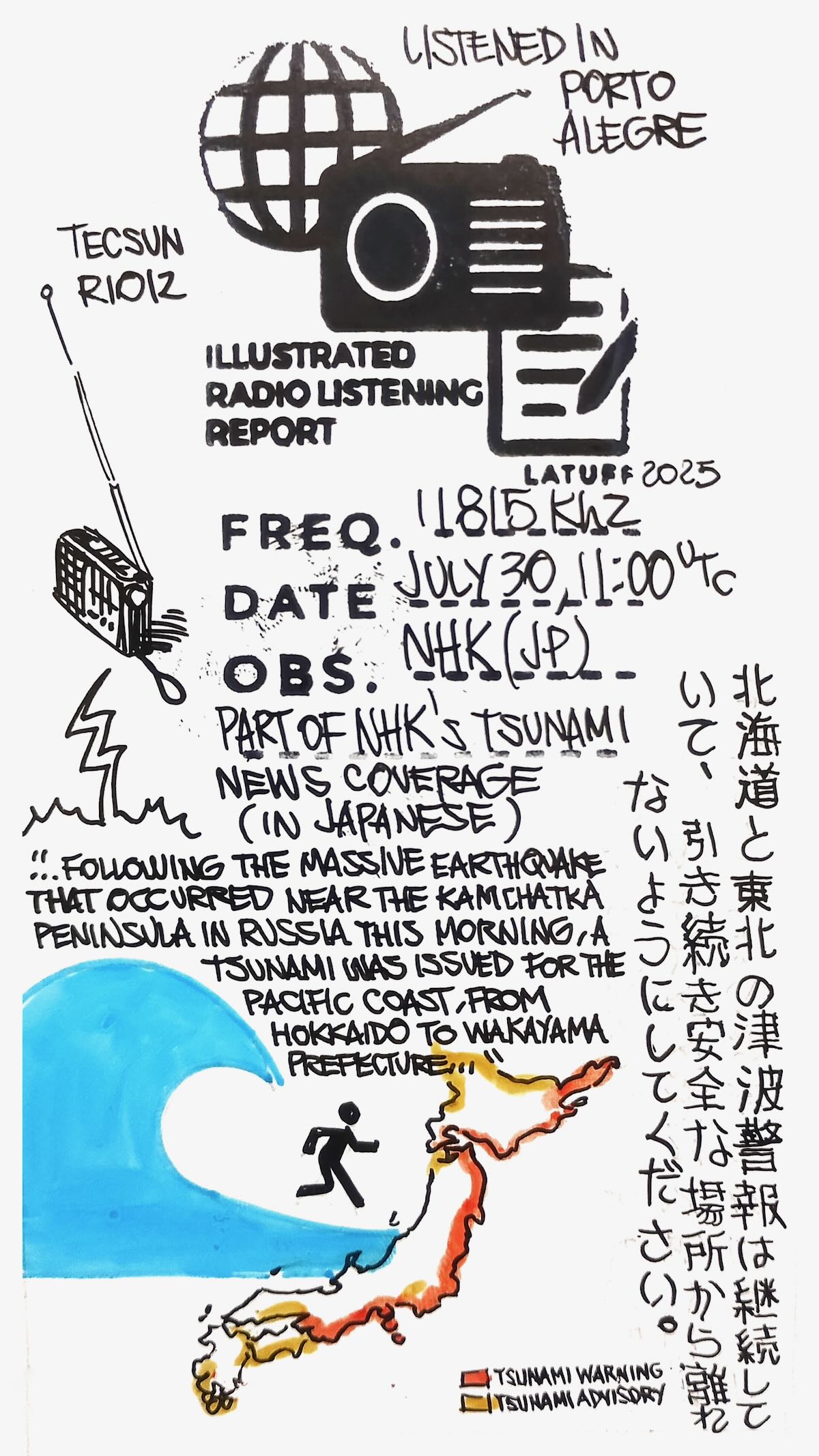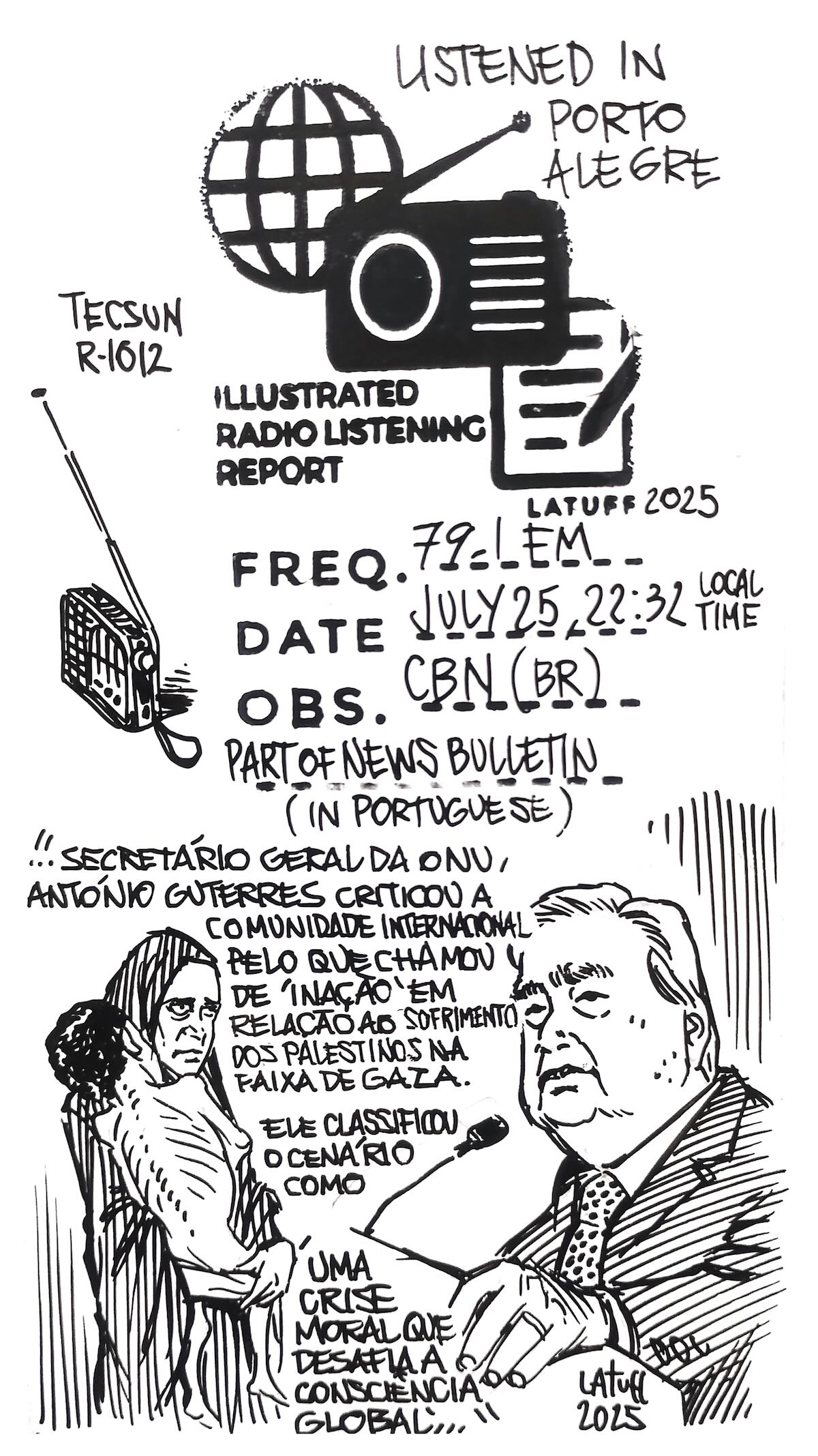Many thanks to SWLing Post contributor and noted political cartoonist, Carlos Latuff, who shares the following illustrated radio listening report of a recent Voice of Turkey broadcast.
Carlos notes:
Brazil’s Lula vows to defy US tariffs, Voice of Turkey, 9870 kHz
“…Brazilian President Luiz Inácio Lula da Silva has declared that his government will not back down in defending the country’s economic interests and will resort to international channels against new US tariffs. Lula stated at an event in Brasilia: ‘In 2025, we will use all possible measures to defend our interests, starting with the World Trade Organization’…”

